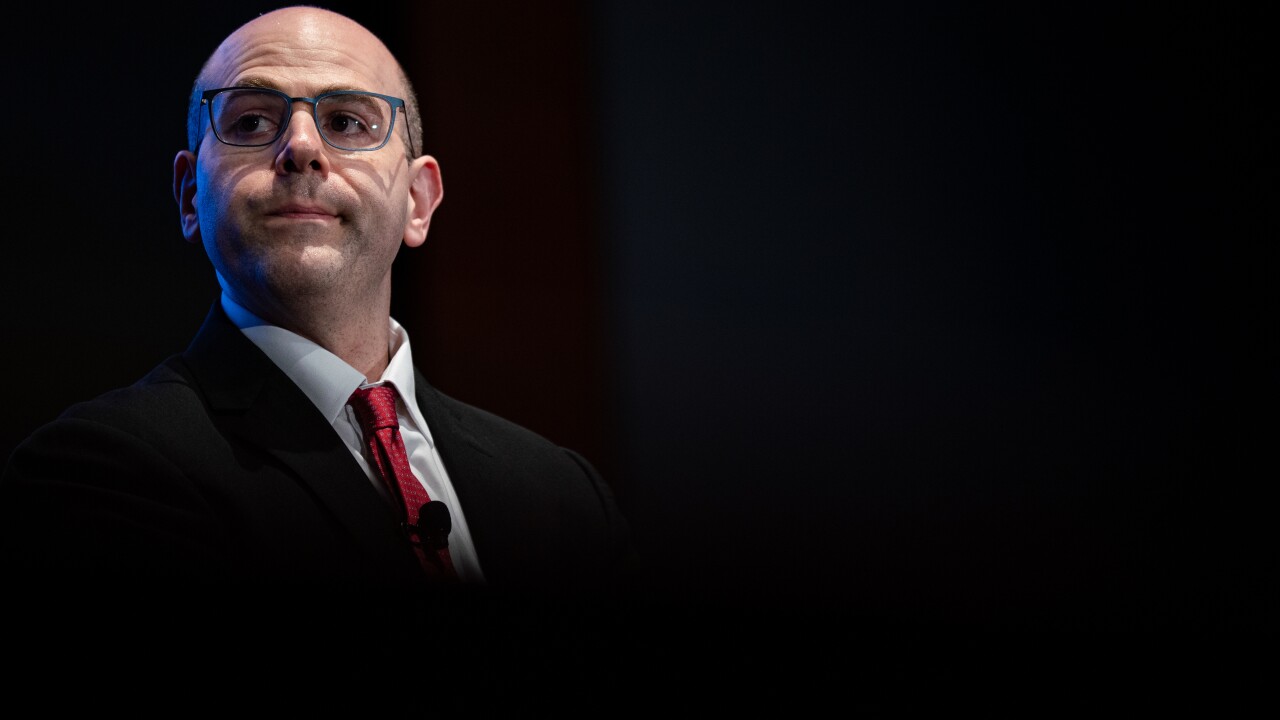If you and your employees can pivot when confronted by new or changing circumstances, then you are vastly more relevant than workers who won’t or can’t change. In fact, agility in the workplace is quickly becoming a core competency for both leaders and employees in every facet of the business.
To add to this complexity, the employment landscape is unpredictable. So, navigating successful careers and development today requires full-time, expert-level agility as well.

Today’s development landscape is a goldmine of opportunity to cultivate employees’ on-the-job and career skills. HR and learning leaders: This is your moment to shine. With the right approach to learning and development, you can lead the charge for adopting an agile development mindset.
The traditional career ladder has been tossed out. What used to be straightforward – a linear climb spread over years on the job – has been discontinued in most industries. Don’t look for the mighty career ladder to return anytime soon. After all,
We’re also seeing more impact from the gig economy and contingent workforces.
As workplaces and workers change, so have learning plans. You might remember learning plans that were fixed in place and enjoyed a shelf life of a year – or more. Learners used to move through an orderly progression of courses and materials.
Now that we’re pursuing agile development, these main ideas have changed.
Agile learning offers fluid plans with guidelines that can shift; the opportunity to frequently revisit and update learning plans based upon new information, interests and needs; and the ability to support multiple potential goals. There is also the inclusion of multiple streams of development activity.
Three steps to agile development
First, multiple goals need to be identified. Today’s employment landscape is far too dynamic to focus one’s efforts on a singular goal. But isn’t single-mindedness a show of dedication and certainty about our path? Not anymore. Single-mindedness might have been a recipe for success in the past, but today, it just doesn’t cut it.
There is no longer just one path forward, for learning or for our careers. As business shifts and evolves, be careful not to commit to just one particular goal. Looking at this from a slightly different perspective: the business landscape is awash in new opportunities. Being willing to pivot, shift and adjust as the road conditions change means greater experiences lie ahead.
Secondly, learning opportunities are everywhere. Agile development is all about flexibility, options and the ability to quickly pivot to take advantage of changing conditions.
If you’re waiting on a new round of formal trainings, workshops and webinars to be announced at your organization, ditch that outdated thinking and get ready for action. (These opportunities have their place, of course, but you want to think bigger.)
Jump into job shadowing, mentoring, coaching,
Finally, prioritize high impact actions. We need to always be on a learning path. In the world of work (and life), learning is never “done.”
Take some practical steps to invite learning into your life: Listen to audiobooks or podcasts on your commute to the office. Volunteer for organizations where you might try on a role that steps outside of what’s comfortable for you.
Host a “lunch and learn” for your team on a topic that’s interesting for most of your colleagues. Schedule weekly learning blocks for yourself and your team, if you have one. Keep a record of employee learning and performance and refer back to this historical report to encourage your people and show them how far they’ve come.
Performance and beyond at Advia Credit Union
Advia Credit Union is an example of agile employee development. The institution’s leadership challenged its HR team to create a closer alignment between its core values and employees’ behavior and performance. The Parchment, Mich.-headquartered credit union wanted to create more conversations between managers and employees and for employees to be more actively involved in their evaluation process.
Using talent management technology, Advia embarked upon an extensive and multi-stage process change which included employee goal setting aligned with organizational core values, ongoing feedback mechanisms, including one-to-one meeting structure, recognition and feedback tools, and in-depth reporting for management and leadership.
Leadership wanted to expand their talent search for open positions to include internal candidates. Rather than focus on one path for an employee, the credit union can consider the growth arc of each employee.
“We can actually take that piece of the assessment form and provide a report to our executive team that really shows that we are growing and developing our own internal team to fill some of those positions that we prior to that time had to hire from outside,” said Pamela Stadler, organizational development specialist for Advia.
The bottom line is development plans are always in flux. Consider this process one that is ongoing, with points along the way to reflect and refine learning plans. When we exercise our flexible development muscles, we are contributing to a vibrant organization that doesn’t rest in the past and what “worked” before. Improving and growing our development mindsets and skillsets will contribute to an agile operating workplace, both today and into the future.





